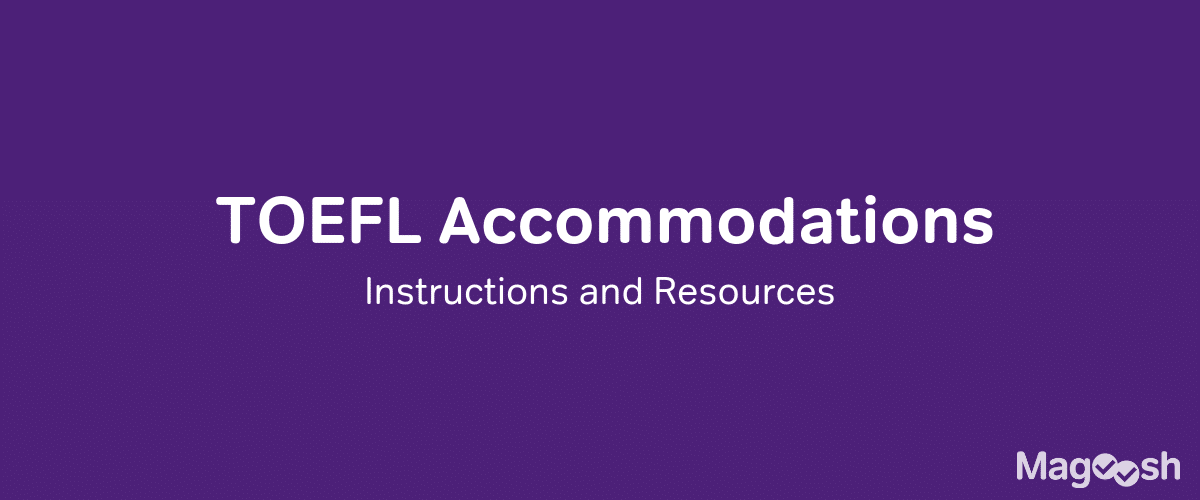Plagiarism is a very common problem in higher education. ESL students and native English speakers alike sometimes struggle to correctly paraphrase and properly credit the sources for their essays. In my last post on this subject, I highlighted two particular ways that ESL students can slip into plagiarism innocently. I talked about cultural plagiarism (a misunderstanding of the rules for quotes, paraphrases, and citations in English academia) and sloppy mistakes that lead to plagiarism (often made by exhausted ESL students, who must spend more time on writing assignments than their peers).
Needless to say, not all plagiarism is innocent. ESL students and non-ESL students both have been known to plagiarize extensively, as a deliberate form of cheating. But even then, there may be special reasons that ESL students are motivated to cheat in this way. This brings me to the third type of plagiarism often seen in ESL students….
Plagiarism due to desperation
Here’s where we get to deliberate plagiarism. As I’ve mentioned, the English writing process is more time consuming for ESL students than for non ESL learners. Often a non-native English student may find themselves spending three times as long on an assignment (or longer!), compared to native-English-proficient peers. A three-page essay may take nine or ten hours rather than two or three. As a result, most ESL students reach a point where they wonder if they need to choose between cheating or flunking out.
Most ESL students will do the right thing at that point—they’ll get help. They’ll ask professors for extensions, they’ll see a writing tutor, they’ll join a study group and get proofreading assistance from their peers. But plenty of ESL students will also give in to their fears and decide that plagiarizing an essay and hoping they don’t get caught is the best of their limited options.
Sometimes ESL students will plagiarize a paper in an obvious way—swiping an entire article from a factual website, with little or no change to the original wording. Or they may plagiarize in less obvious but still-detectable ways, using stolen words that can be identified by plagiarism detection software programs such as Turnitin.
And some cheating is truly sly. ESL students have been known to pay others to do their homework for them—or to convince a roommate or classmate to write their shorter assignments. Suffice to say, if you have a student whose writing style abruptly changes and radically improves, you may want to have a heart-to-heart with them and make sure they’re really writing their papers themselves.
The takeaway
Plagiarism in ESL students (and in any students, in my opinion) should be approached with an open mind and compassion. It can be annoying, even angering to come across an essay that’s heavily plagiarized. But it’s important to remember that plagiarism can be innocent—either a cultural error or a sleep-deprived mistake. And even when it’s not innocent, most ESL students who plagiarize aren’t trying to get an easy pass through their classes—they’re trying to survive their classes, period.
When you catch an ESL student in an act of plagiarism—large or small—the best thing to do is to meet with them and have an honest conversation about it. As a university professor and former teacher of middle and high school ESL students, I recommend against threatening punishment or seeming angry. Instead, coax out an honest confession from your students. Have a good talk about why and how the plagiarism happened, and work to ensure that future assignments are done properly.




Leave a Reply